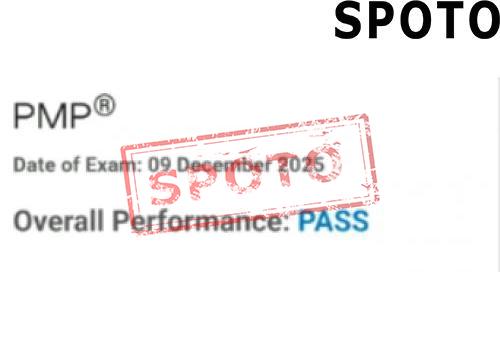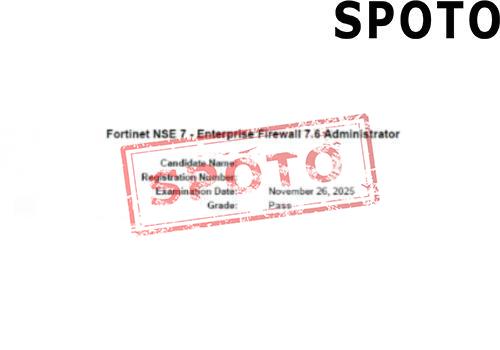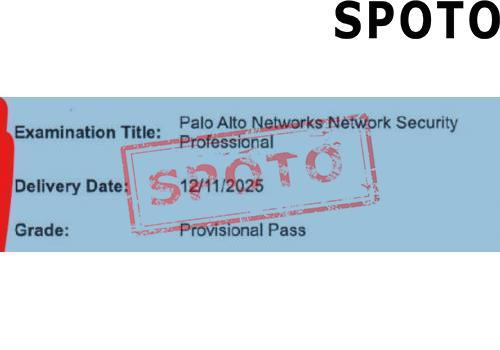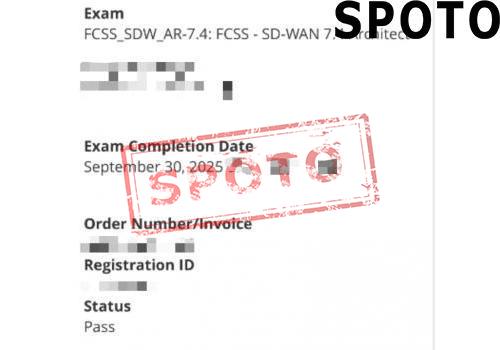
Table of Contents
To be honest, I wouldn't dare teach you based solely on my own learning experience. Instead, I can share with you the study plan that helped me succeed. By following this plan, you can save yourself a month's worth of detours. Additionally, I'll provide you with the study materials I used, which are internal resources from the course. If you need them, simply click the card below to claim them for free. ⬇️⬇️⬇️ Over 2,435 people have already claimed the brand-new ESG introductory course and study materials.
I. What is ESG?
As mentioned, ESG is a simple abbreviation representing the initial letters of the three words: Environment, Social, and Governance. The tangible output of a company's external processes is the ESG report.
For investors, a company's ESG report holds significant importance in evaluating its overall governance situation. Many major investment banks have their own ESG assessment systems and impact factors, and numerous investment banks and fund companies are actively hiring for ESG-related positions at high salaries.
From the perspective of corporate governance itself, ESG enables companies to gain better social evaluations, public image, and a management model based on a value system (primarily centered around social responsibility) during their development process. ESG will undoubtedly evolve into an essential component of a company's strategic management system, much like the current financial management system.
II. Responsibilities of Various ESG Projects
Specific projects can generally be broken down into the following:
E (Environment):
Companies are required to integrate environmental development and energy consumption management as a critical aspect. From the national level of carbon peaking and carbon neutrality strategies to regional energy conservation, emission reduction, cost reduction, and efficiency enhancement, and further to individual companies' energy management strategies, all considerations revolve around sustainable environmental development.
For new energy companies, actively creating green electricity and obtaining Certified Emission Reductions (CERs) (quantifying and certifying the greenhouse gas emission reductions achieved by renewable energy, forestry carbon sinks, methane utilization, and other projects within China, and registering these reductions in the national greenhouse gas voluntary emission reduction trading registration system) is crucial, as both photovoltaics and green electricity can contribute to new increments.
For individuals, it's essential to connect their current job roles with environmental friendliness and consider the relationship between their positions and carbon sinks, as well as the value their organizations create in terms of carbon sinks. With proper planning, there are always opportunities.
S (Social):
This aspect primarily focuses on product responsibility and social relationships, which form the foundation for a company's survival. Without products, services, human resources, and external relationships, no company can exist. In essence, this corresponds to the concept of stakeholders in previous financial management systems. However, the existing financial systems place too much emphasis on performance evaluation and lack the ability to quantify and address these factors, which will likely undergo further development in the future.
For individuals, you should approach your work from a higher perspective, considering the relationship between your work and stakeholders. Traditional roles such as production management, HR, and PR must also find ways to integrate their work parameters into the company's ESG management system.
G (Governance):
This refers to the modern corporate governance structure. However, beyond decision-making process efficiency and effective internal controls, the current assessment systems can hardly quantify a company's governance structure, despite governance capability being a reflection of its core competitiveness. Therefore, determining the assessment standards for governance capability has become extremely important for investors and regulators.
Regardless of your specific job role, you should focus on strategic planning and development directions at the governance level. Consider how to optimize your position and work from a governance perspective, even if you cannot achieve it immediately.










